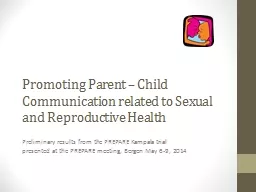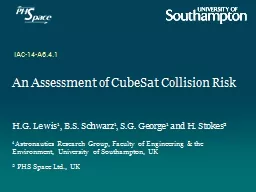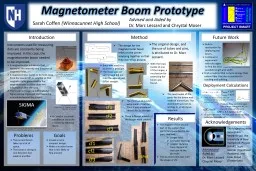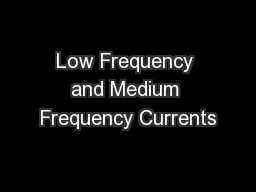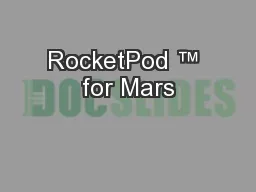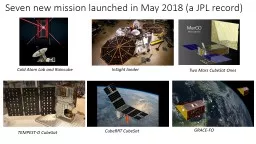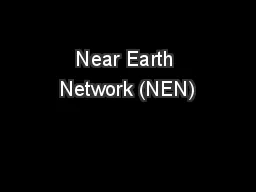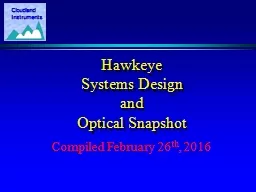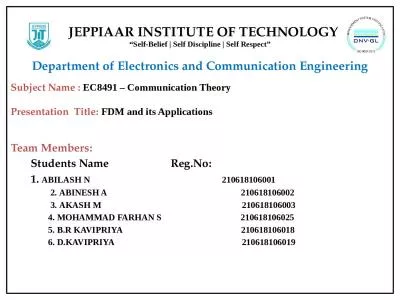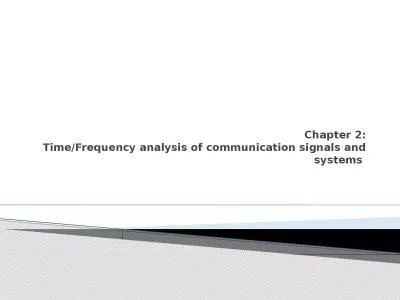PPT-CubeSat Communication and Frequency
Author : stefany-barnette | Published Date : 2016-08-13
Past Practice and Current Trends Scott Schaire NASA Goddard Space Flight Center Near Earth Network Wallops Station Director Deputy Project Manager Space Communication
Presentation Embed Code
Download Presentation
Download Presentation The PPT/PDF document "CubeSat Communication and Frequency" is the property of its rightful owner. Permission is granted to download and print the materials on this website for personal, non-commercial use only, and to display it on your personal computer provided you do not modify the materials and that you retain all copyright notices contained in the materials. By downloading content from our website, you accept the terms of this agreement.
CubeSat Communication and Frequency: Transcript
Download Rules Of Document
"CubeSat Communication and Frequency"The content belongs to its owner. You may download and print it for personal use, without modification, and keep all copyright notices. By downloading, you agree to these terms.
Related Documents


